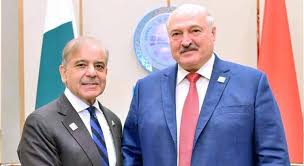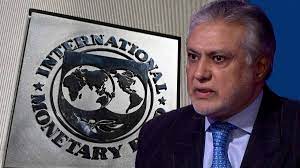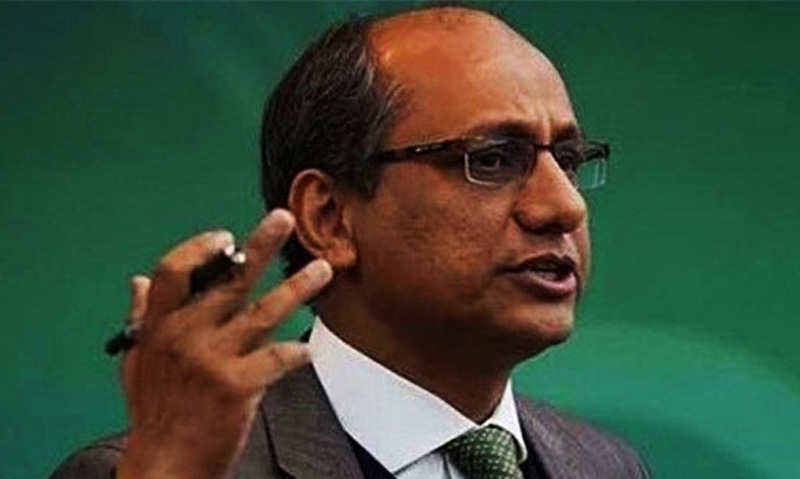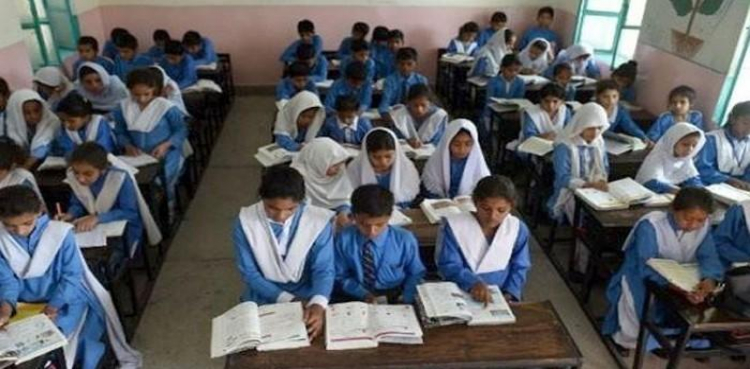Prime Minister Imran Khan inaugurated 1,100 megawatts capacity Karachi Nuclear Power Plant Unit-2 (K-2) via a virtual ceremony in held in Islamabad on Friday (today).
The virtual ceremony for the inauguration of state-of-the-art Generation III nuclear power plant was held in Islamabad and Beijing simultaneously. Expressing his views on the operationalization of the K-2 nuclear power plant, PM Imran Khan accentuated that the K-2 nuclear power plant’s operational limit is 60 years which can be further extended by 20 years.
The construction of K-2 nuclear power plant began in November 2013 following the approval from Pakistan Nuclear Regulatory Authority (PNRA).
"1100 میگاواٹ صاف بجلی پیدا کرنے والا K-2 دور رس ماحولیاتی و معاشی فوائد کا حامل ہے،"
وزیراعظم عمران خان،
کراچی نیوکلیئر پاور پلانٹ یونٹ 2 کی افتتاحی تقریب سے خطاب۔ pic.twitter.com/dgu5n9Li4M— Prime Minister's Office (@PakPMO) May 21, 2021
The power plant was connected to national grid on March 19th 2021 earlier this year, said the premier.
PM Imran Khan also expressed gratitude to China for its assistance on the project which will also help to train manpower and facilitate technology transfer from China, adding that 40,000 experts visited the country over an extended period of time.
The prime minister also underscored the issue of climate change and that K-2 will contribute towards tackling environmental issues as Pakistan is among the top 10 countries at risk due to climate change.
Meanwhile, expressing his views chairman of the China Atomic Energy Authority said that the power plant was being inaugurated on the 70th anniversary of the establishment of diplomatic relations between Pakistan and China.
K-2 nuclear power plant is located at the Karachi Nuclear Power Plant (or KANUPP) – large commercial nuclear power plant located along Karachi’s coast line. Officially known as Karachi Nuclear Power Complex, the power generation site is composed of three commercial nuclear power plants; K-1, K-2 and K-3. K-1 was operationalized in 1972.
K-3 nuclear power plant, with similar capacity is in the commissioning phase and is expected to start production during first quarter of 2022.















































